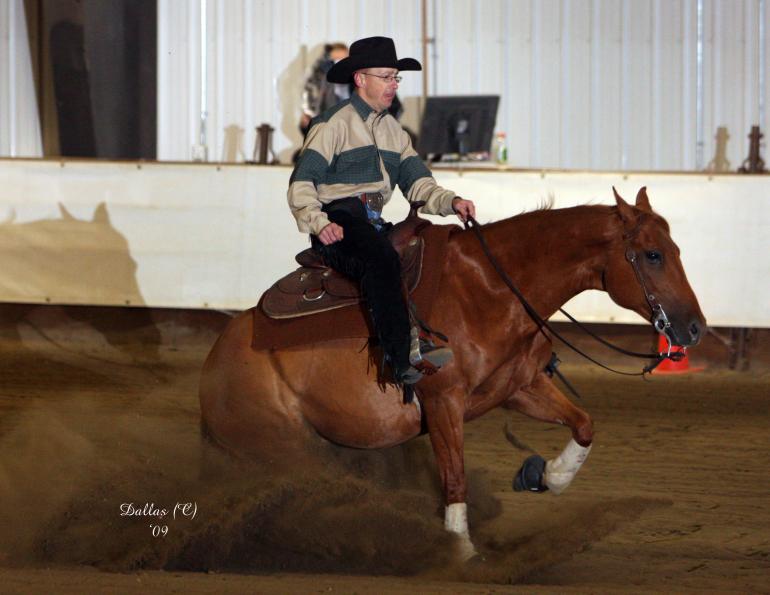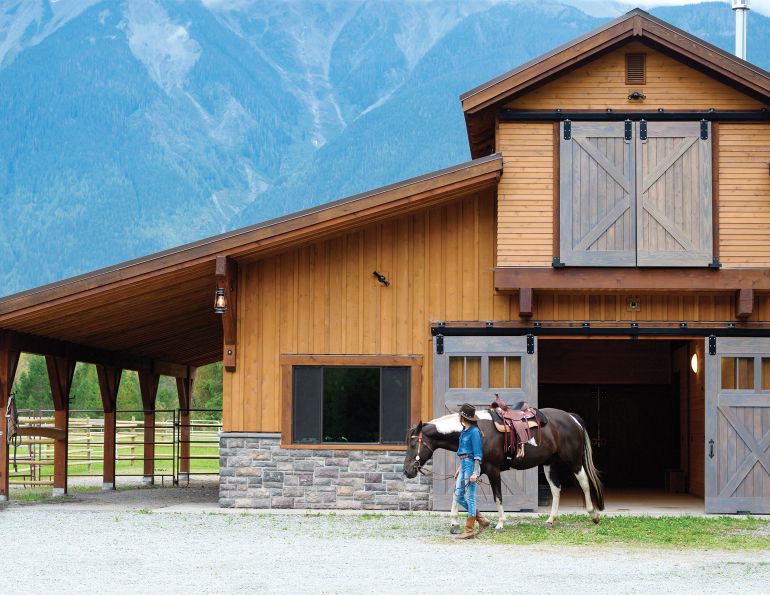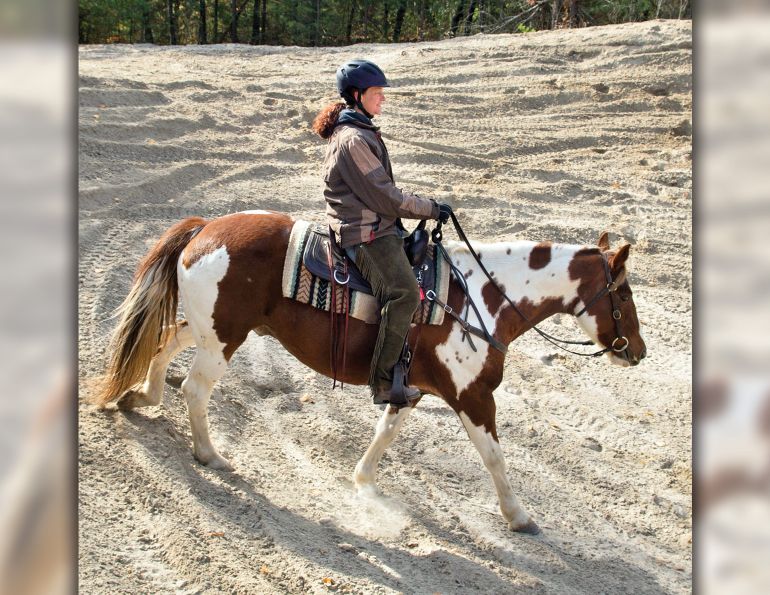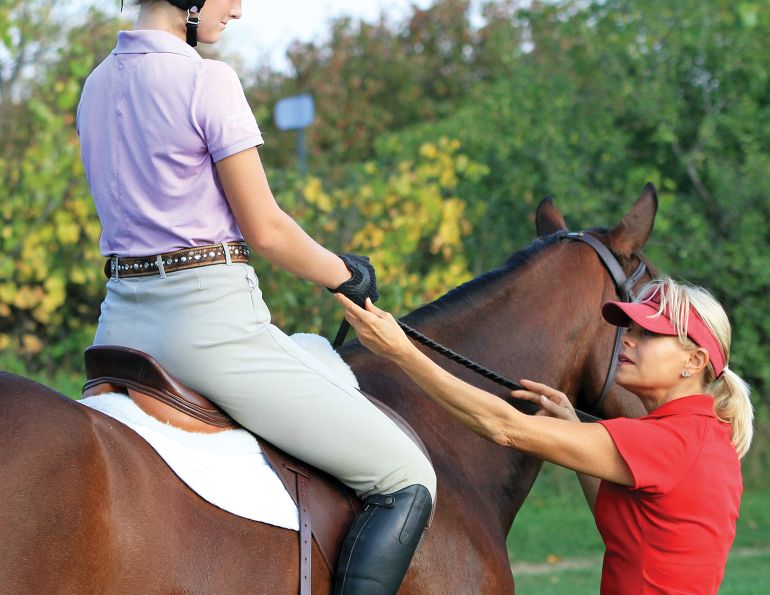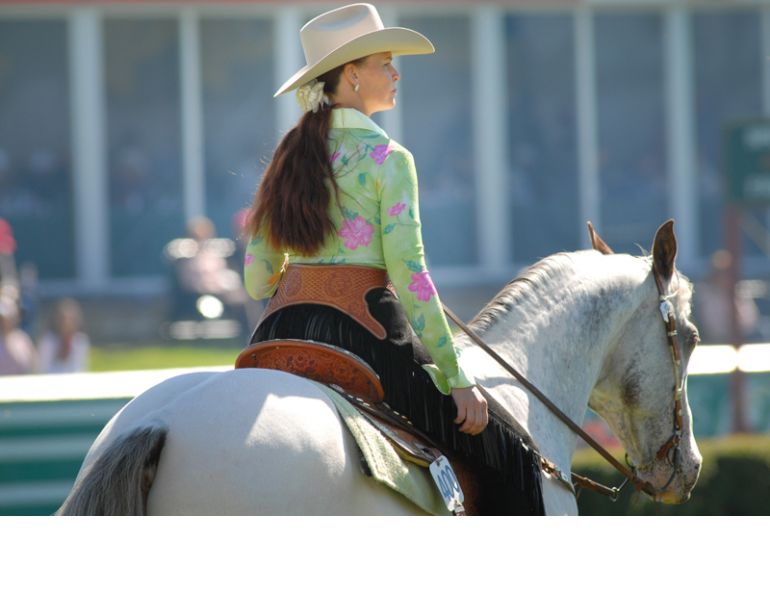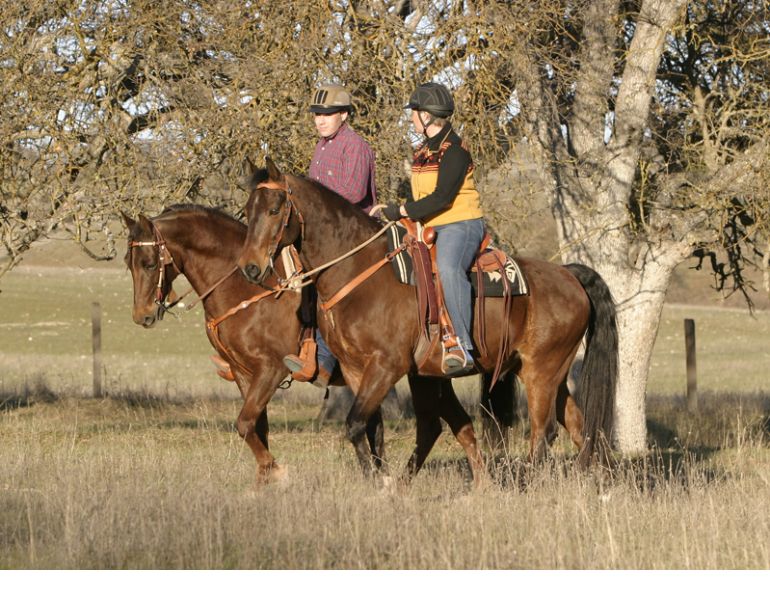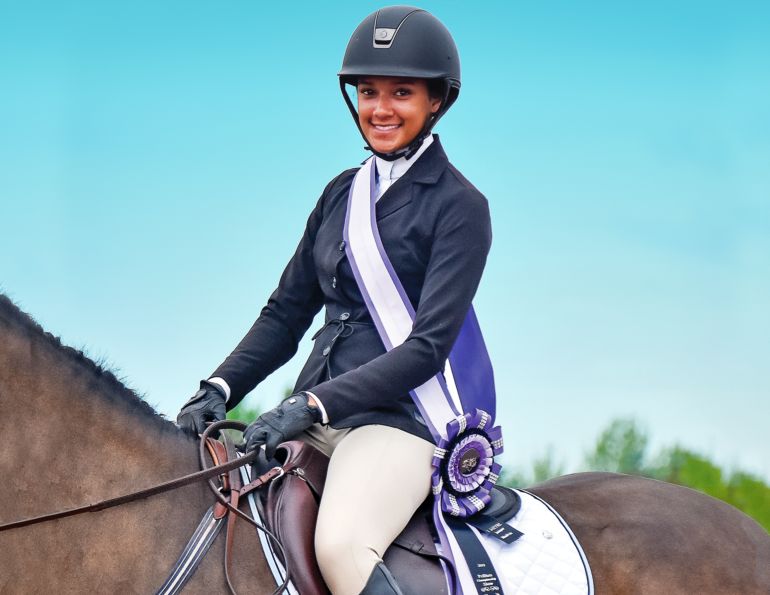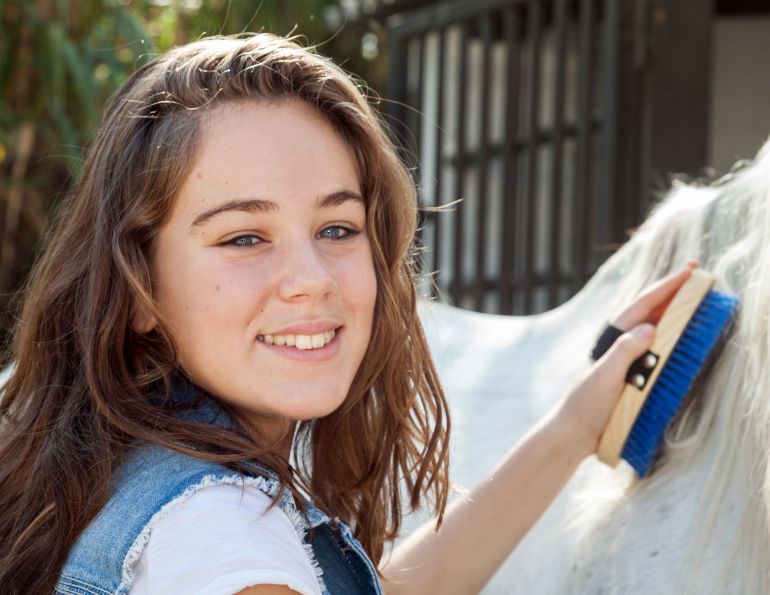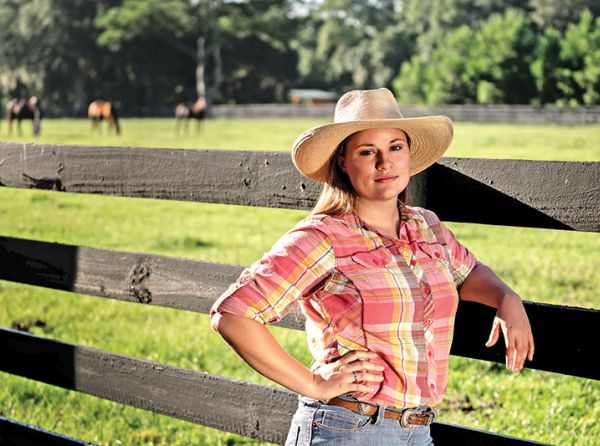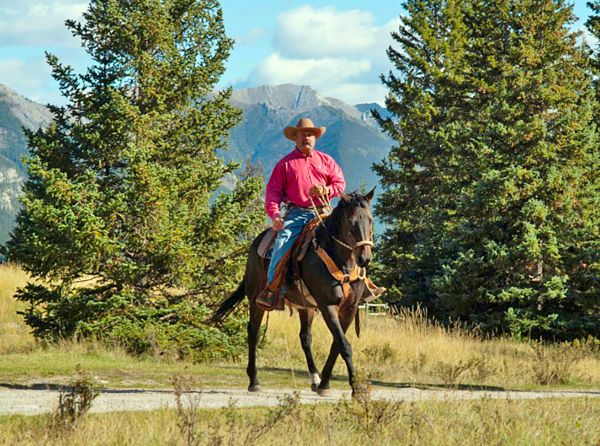With Lyle Jackson
When executed correctly, the sliding stop is one of the most exciting maneuvres to watch in a reining pattern. But many riders tend to underestimate the importance of the approach to the stop. Not only is the quality of the approach being judged, but if the approach fails, the stop will almost always fail to be correct also.
In a good approach, the horse should stay straight during the run down and continue to accelerate gradually but steadily all the way to the stop. This ever-increasing cadence in the approach to the stop maneuvre is critical. The cadence cannot stay the same throughout the run down, decrease, or start slow and then sprint to the finish; it must be smoothly increasing all the way to the end.
Exercise: Loping the Oval

We practice this by loping long, straight-sided ovals in the arena. Start on a straight line about halfway between the side wall and the arena centre, loping with ever-increasing cadence parallel to the long wall. As you approach the end wall, bring the horse back to trot and ride a half-circle around the end of the arena. Pick up the lope again and ride another straight line between the arena centre and the other side wall, building cadence for as long as possible before again bringing the horse back to trot to ride another half-circle at the end of the arena.
Repeat this exercise until you can control the horse’s rhythm with your legs only, without using your reins. In the beginning, it is more important to make sure the horse stays relaxed and willing to go forward than to achieve breakneck speed. Horses need to learn how to run and not scare themselves, so time must be taken to start slow and get the horse and rider accustomed to the speed.
When the horse begins to anticipate the turn at the end of the arena, alternate riding a half-circle with holding him straight and having him trot up to the wall, stop, and rest. As in all training drills, there has to be a release of pressure at the end so as to keep the horse happy and relaxed.
Note that the break to trot is important, as it encourages the horse’s front legs and shoulders to stay elevated and loose, which they must be in the sliding stop. This exercise also trains the rider to maintain the cadence of the approach and ride the stop without getting in the horse’s face too much – that is, to keep their hands down and resist the temptation to pull on the reins.
As the horse and rider become more accomplished at the drill, once in a while the trot distance can be shortened, then eventually eliminated so that the horse lopes to the wall and volunteers to stop in a nice, relaxed form, with the rider letting the wall stop the horse and not pulling.
About Lyle Jackson

Lyle Jackson is an official FEI (I), NRHA, AQHA, NRCHA, and APHA judge who has judged international shows and futurities throughout Canada, the US, and Europe, as well as in Israel and South Africa. For decades, he has trained horses for the Western disciplines and has successfully competed in reining, Western pleasure, cutting, and halter events.
Main Photo: The key to a successful sliding stop is a good approach, where the horse stays straight throughout and runs with ever-increasing cadence all the way to the stop. Credit: Dallas Pole



